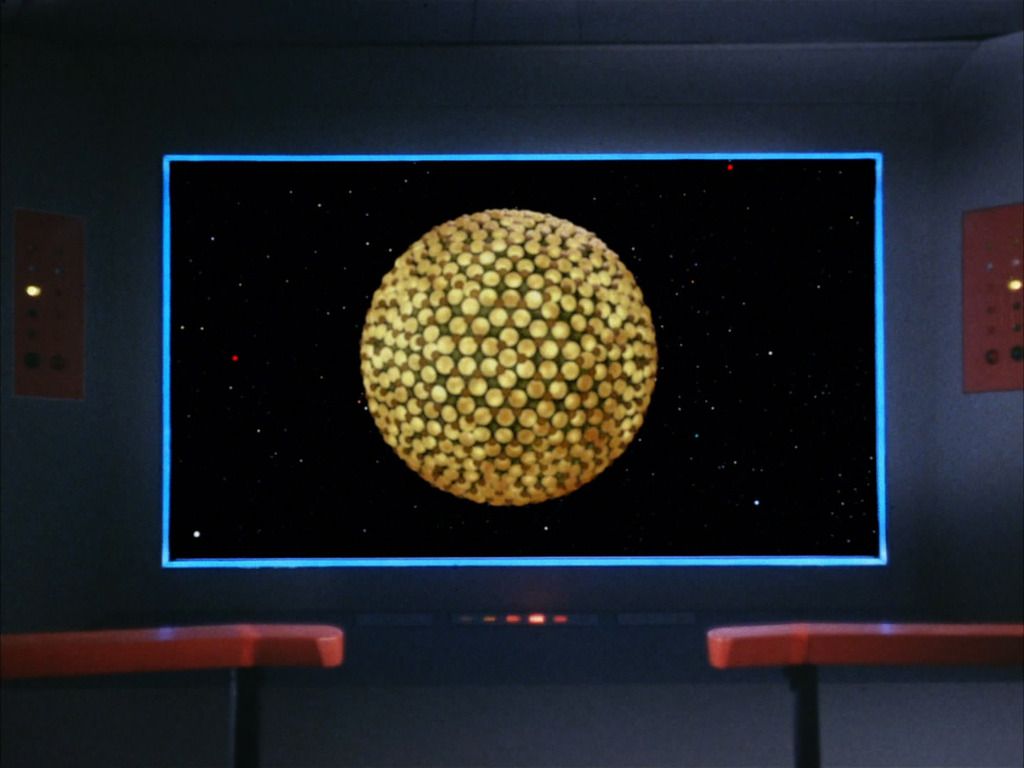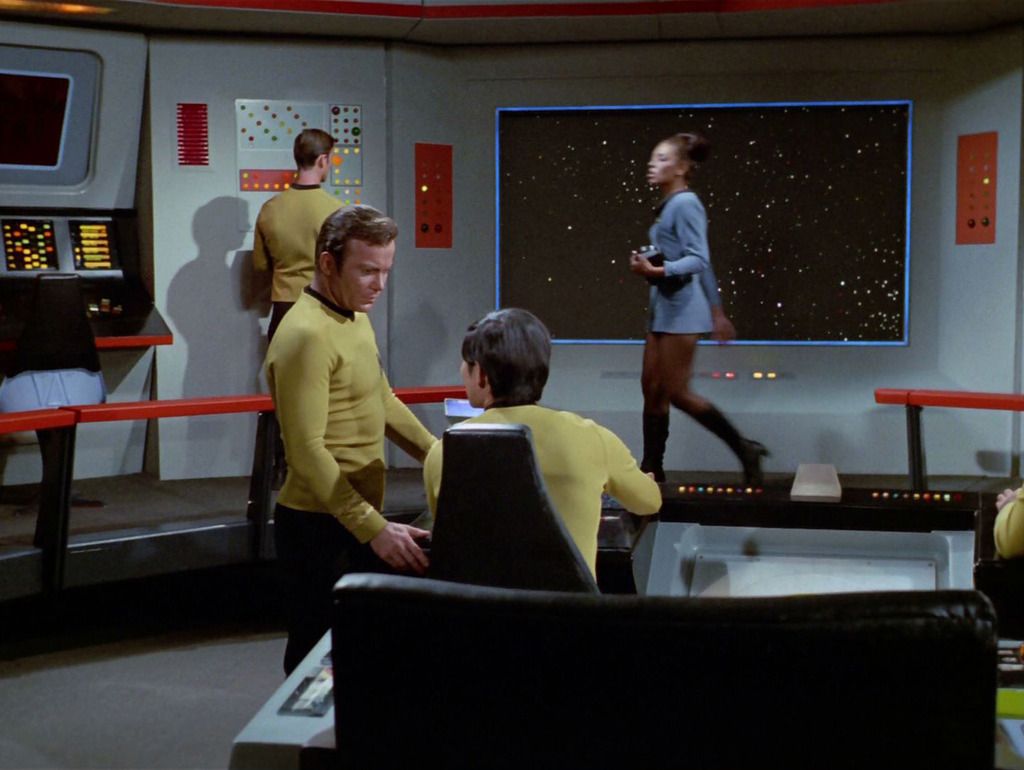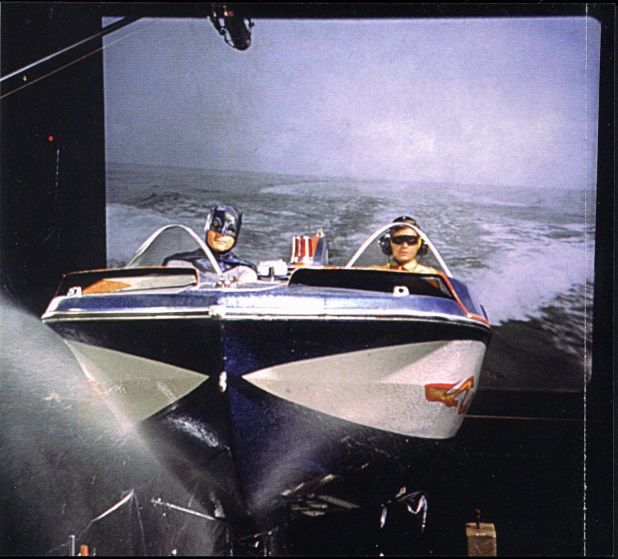Can we all agree this was the best and coolest widescreen TV ever?

My rough measurements put the aspect ratio extremely close to modern television's 16:9. Which raises a couple of questions.
1) Is it a coincidence? The bridge screen is unlike any monitor that existed in 1966 (recall the rounded "mini-CRT" in the classic Tricorder), and it looks exactly like today's 16:9 flatscreen TVs. Were the designers of widescreen TV influenced by Star Trek, as happened with the flip phone?
2) Does anybody have a fix on the actual size of the main viewing screen, as it existed on the studio set? If so, what are you basing it on? The Michael McMaster blueprints put the length at 6 feet even, and the diagonal measure looks like about 81 inches, give or take. Franz Joseph doesn't give us a square-on view. But neither of them are entirely authoritative anyway.

My rough measurements put the aspect ratio extremely close to modern television's 16:9. Which raises a couple of questions.
1) Is it a coincidence? The bridge screen is unlike any monitor that existed in 1966 (recall the rounded "mini-CRT" in the classic Tricorder), and it looks exactly like today's 16:9 flatscreen TVs. Were the designers of widescreen TV influenced by Star Trek, as happened with the flip phone?
2) Does anybody have a fix on the actual size of the main viewing screen, as it existed on the studio set? If so, what are you basing it on? The Michael McMaster blueprints put the length at 6 feet even, and the diagonal measure looks like about 81 inches, give or take. Franz Joseph doesn't give us a square-on view. But neither of them are entirely authoritative anyway.




 Spockboy
Spockboy


